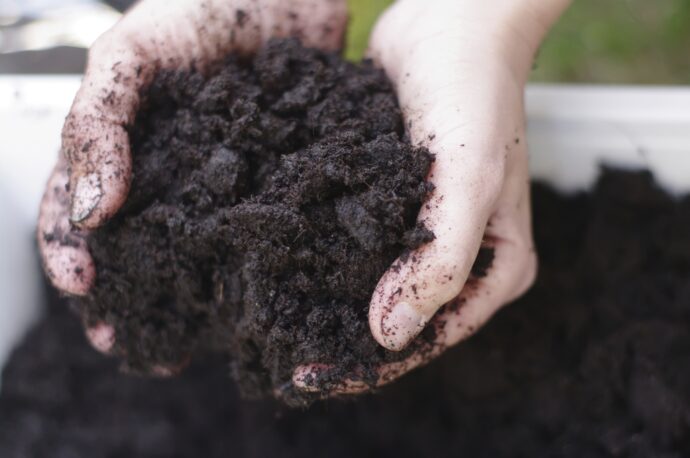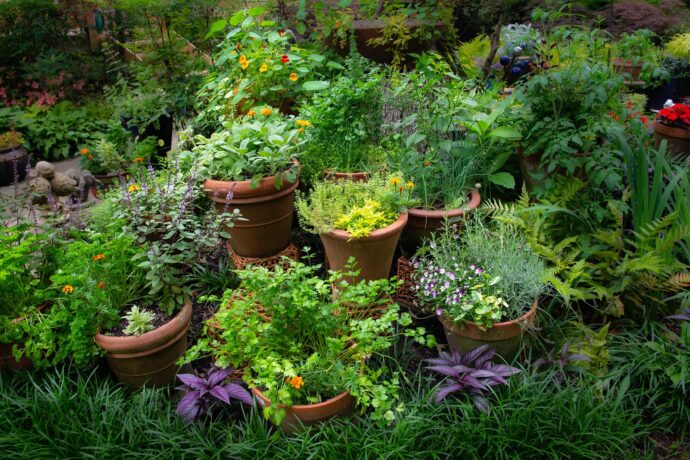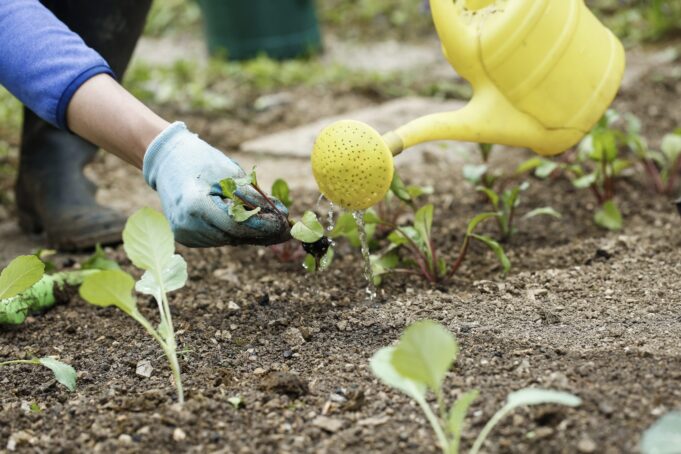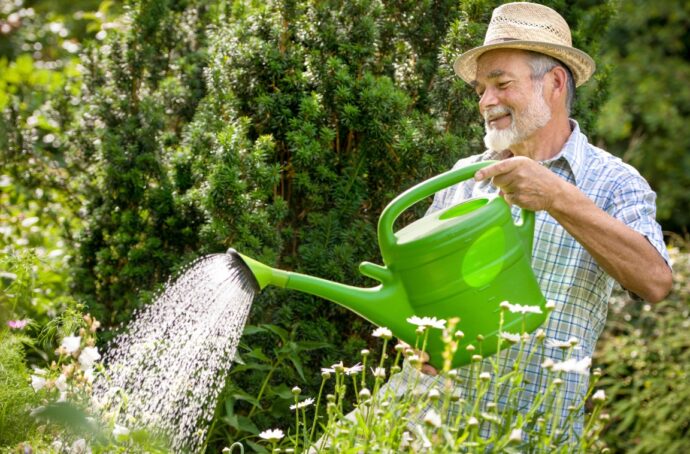Homeowners around the world love to cultivate the exterior look of their home to increase curb appeal and their own enjoyment of the property. One of the most popular ways to do so is by growing a garden somewhere in the yard. Some growers prefer to plant new flowers and shrubs every year, while others want to focus on growing vegetables and fruits to consume themselves. Giving it away to friends and family is also something they directly prefer and enjoy.
However, it is not always rainbows and butterflies when it comes to gardening. Gardeners might be well-aware of it. One of the most frustrating and unhappy things about having a garden is when it fails to grow despite you taking care of it. You notice that your plants seem to be smaller than they should or even die soon even after being planted and protected. It could very likely be that the blooming season seems very short and unfavorable for your plants while your neighbors’ gardens appear to be flourishing and yielding positive returns.
What must one do about it then?
There are many reasons why your garden in particular may be struggling to reach the levels that you are hoping for. We jotted down some of the best ways to solve your gardening problems so that it does not let your effort be wasted.
Ensure the Plants Are Getting the Right Amount of Water
Firstly and foremostly, plants like any other living beings need water to grow healthier and survive better. It is not the case with watering more and more but checking that it is watered right. Depending on what you have growing in your garden, each plant could have different water needs. It is just as possible that you are providing too much water to a certain type of plant and not enough water to the other. By understanding the various needs of the plants in your garden and conducting research about different types of plants, you can learn and apply the best practices for watering each of them. You might also provide them with the additional resources they require to grow and to thrive in their own capacity.
Are Little Critters Feasting on Your Garden?
A common nemesis for growers everywhere is local critters that are getting into the garden and consuming buds, seeds, or even the fruits or vegetables that you are growing. There are plenty of humane ways to deal with this issue, including chicken wire around your garden or other barriers. Protecting your plants, especially in their early stages of growth, is critical for their survival if small animals are diminishing your progress. Look for the possible reasons that animals might stay away from surrounding your plantation, keep your pets indoors for the peak gardening seasons.
Find Healthy Soil For Your Garden
Healthy soil is quite literally the lifeblood of a thriving garden. If you are seeing all of your plants struggle to reach the expected growth levels, it could be that you have selected a portion of land with unhealthy soil. One way to reverse this is to properly learn more about aerating your lawn before putting in a garden. This process helps with water absorption and battling against soil compaction, which makes it very difficult for roots to grow and branch out. If you are set on where your garden has been placed, then adding fresh, nutrient-rich soil before the growing season may be your only option for cultivating more growth. You can find gardening soil at your local home improvement or gardening store.

Proper Weeding Practices
Weeds are the ultimate killer of gardens everywhere. They strangle the roots of other plants around them and can grow in harsher conditions than most flowers and shrubs. If you have not yet put your garden in place, one of the best ways to combat weeds is to put weed-preventing fabric under the soil in your garden. This prevents too many weeds from appearing while fostering root growth for your plants and still allowing water absorption. Another method is to add mulch to the top layer of your garden. Lastly, keeping up with manual weeding consistently will protect your garden from having its roots strangled.
When weeding manually, remember to grasp the weed as low as possible and try to remove the entire thing including the root system. If you simply tear off the stem and parts that are above ground, you have done nothing to help your plants.
You May Have the Wrong Plants
Certain plants can only grow in specific climates. While most of the plants that you can purchase locally will be fine, some of them have different needs. If your plants require a full day of sun to thrive but only get four hours of direct light because of their location, then they will never reach their full potential. Conversely, plants that thrive in partial or maximum shade will wither and die if they are receiving direct sunlight all morning and afternoon. In some cases, you may have acquired plants that grow better in a different growing zone.
To prevent this from happening, know the plants that you plan to put in your garden and their growing needs before placing them willy-nilly.
Gardens Require a Learning Curve

Planting a garden is a great way to get the family involved with the exterior look of the home. Involving your children in the process is a great activity for engaging their young minds.
In a way, you should view yourself as a child when starting on your growing journey. Not every garden that you place will thrive perfectly every season. There is a bit of a learning curve, especially for first-time growers, to understand the best ways to cultivate a flourishing garden. Hopefully, these solutions act as an encouragement for you as you move forward in your growing journey. Just because a plant has failed does not mean that you cannot try it again the following year with some of these practices in mind.
















